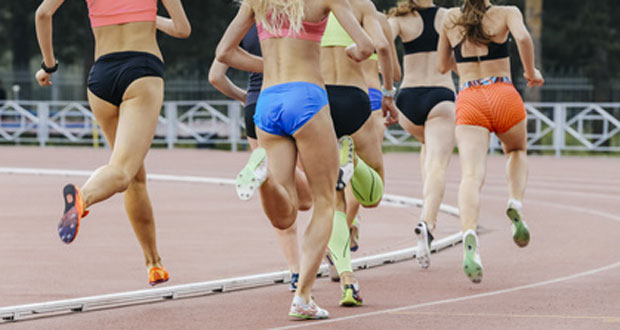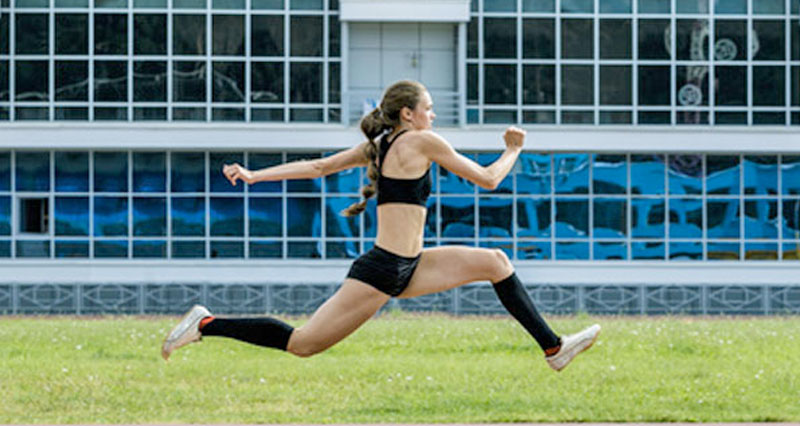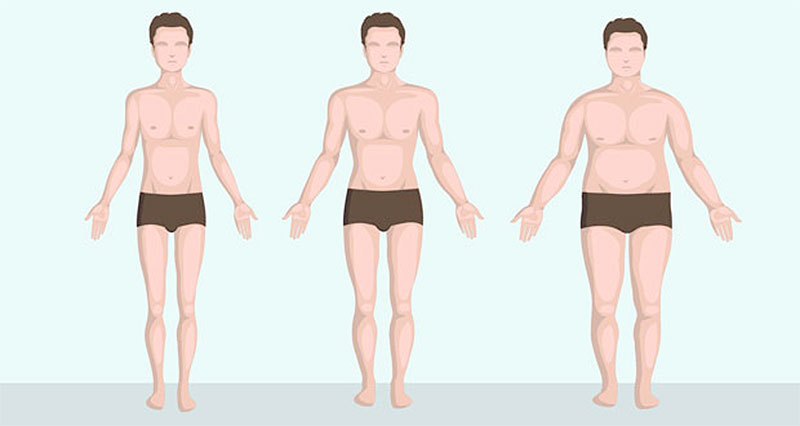Fitness testing is a way of gaining information about the health-related and skill related components of an athletes fitness. Testing can take place in a number of environments, with laboratory testing being the most accurate.
However, you can carry out a large range of tests outside of the lab, which provide a lot of useful information.
Reasons for Fitness Testing
- Highlight strengths and weakness which in turn influence training programs.
- Evaluate a training program, to see if it is helping the athlete in achieving set goals
- Measure fitness levels following injury, illness or following the offseason
- Help with setting goals
- Determine health status (in the non-sporting population)
- Talent identification
- To aid motivation
Principles of Fitness Testing
For fitness tests to be accurate and valuable, you must follow a number of basic fitness testing principles:
Specificity
Fitness tests must assess an individuals fitness for the activity or sport in question. For example, there is little point in using a running endurance test to assess an athletes improvement in cycling endurance.
Validity
Fitness tests must measure the component of fitness that they are supposed to. For example, when doing the sit and reach test, are you measuring hamstring flexibility only? Or, could you be arching your back too much, as a result you partly measure back flexibility.
Objectivity
Sometimes also known as intertester reliability. A test that is objective will produce the same results for the same individual, regardless of the tester, or technician administering the test
Reliability
A reliable test produces the same results if repeated. For example, an assessor trained in skin-fold measurements will produce the same result, when the same area is re-tested shortly after.
Factors Affecting Fitness Tests
Fitness tests are subject to a large number of internal and external variables which may affect the outcome of the test. When performing a repeat test, it is important to try to limit as many variables as possible by ensuring the conditions/circumstances are exactly the same as during the previous test.
- Time of the day
- Weather conditions
- Environment (surface/noise/presence of other people)
- A different assessor
- Accuracy of measurements
- Test protocol not followed exactly as before
- Time since the athlete’s last meal
- Emotions
- State of hydration
- Athletes health (recent colds/illness)
- Medication the athlete may be taking







